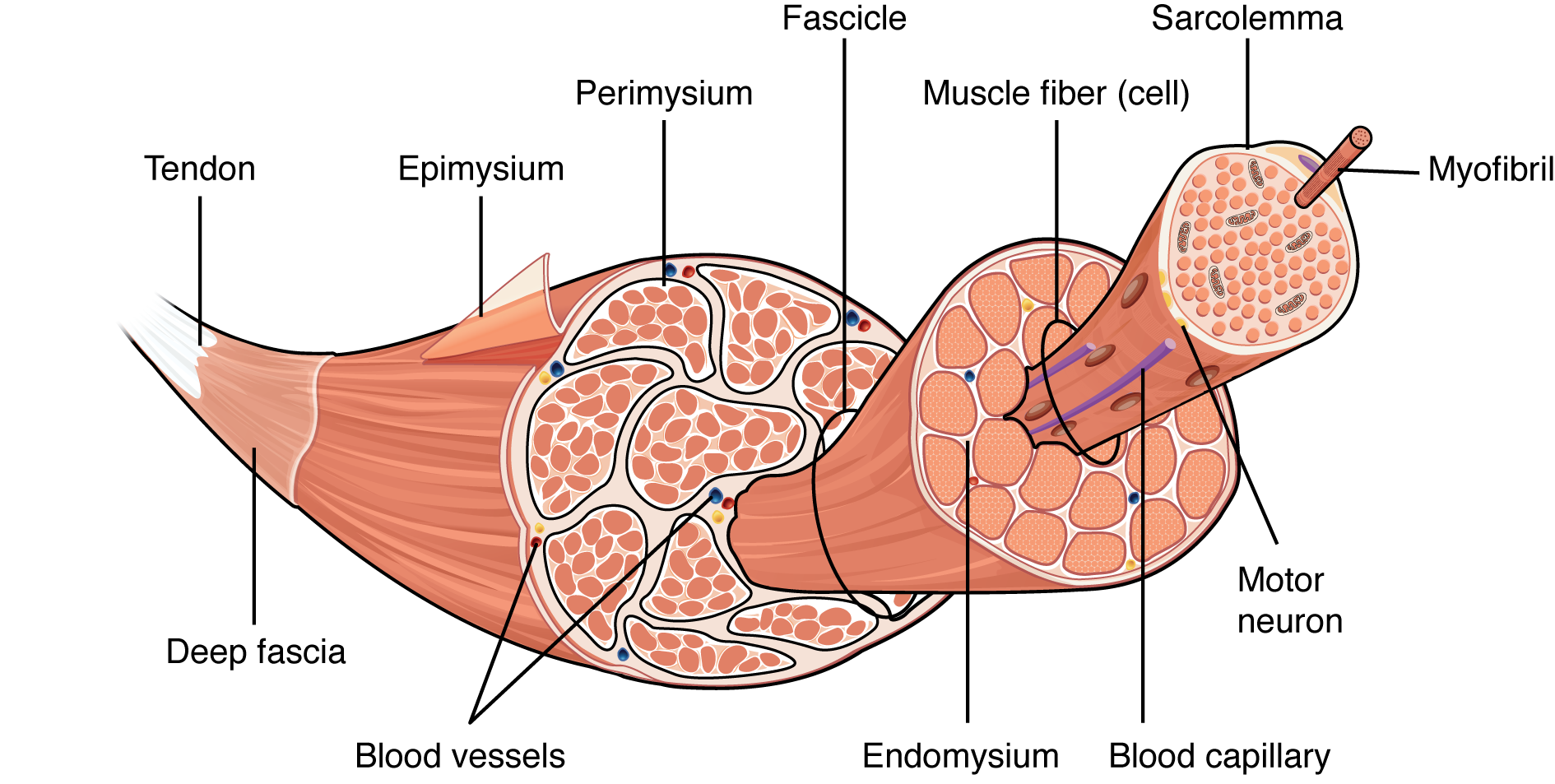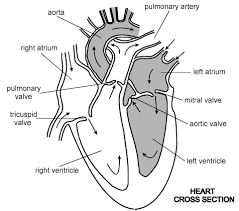KINES 264 Final Exam
1/43
There's no tags or description
Looks like no tags are added yet.
Name | Mastery | Learn | Test | Matching | Spaced |
|---|
No study sessions yet.
44 Terms
Emotional Wellness
Reflects your ability to understand and deal with your feelings.
Optimism
Self-esteem
Self-confidence
Seld-acceptance
Intellectual Wellness
Develops by continually challenging your mind
Openness to new ideas
Capacity to question
Ability to think critically
Interpersonal Wellness
Satisfying and supportive relationships are important to physical and emotional wellness
Communication skill
Ability to establish and maintain satisfying relationships
Ability to cultivate a support system of friends and family
Type 1 Muscle Fibers (slow twitch)
Fatigue resistant
Low contraction speed
Primarily aerobic
Swim, bike, run
Type 2 Muscle Fibers (fast twitch)
Not fatigue resistant
High contraction speed
Primarily anaerobic
Weightlifting, Sprinting, Explosive movements
Muscle Organization

Heart
4 Chambers
Right and left Atrium
Right and left ventricle
4 Valves
Tricuspid
Pulmonary
Mitral
Aortic

Collagen
White fibers that provide structure and support
Elastin
Yellow fibers that make connective tissue flexible
Pulmonary Circulation
Oxygen poor blood
Heart → Lungs
Systemic Circulation
Oxygen Rich blood
Heart → Everywhere else
Resting vs Exercise BP
How does procedure change?
180 mmHg vs 220 mmHg
What is different?
BP increases when exercising
systolic increase
diastolic stays the same or decrease
Hypertension
Refers to HIGH blood pressure
Hypotension
Refers to LOW blood pressure
Metabolic Syndrome factors
Must have 3/5
Large waistline
High BP
High fasting blood sugar
High triglycerides
Low HDL
Health related components of fitness
Cardiorespiratory endurance
muscular strength
muscular endurance
flexibility
body composition
Reversibility
Fitness is a reversible adaptation. The body adjusts to lower levels of physical activity the same way it adjust to higher levels
Up to 50% of fitness improvements are lost within two months of exercise cessation
Older adults exercise guidelines
Use RPE rather than objective measures
e.g. heart rate
Children and adolescents exercise guidelines
For children under 12, emphasize skill development
Diabetes exercise guidelines
Inject insulin over muscle that will not be exercised
exercised muscles will absorb insulin faster
ATP
Primary energy “currency”
Small amounts stored within cells
Carbs, fats, protein
Phosphagen system
ATP-PC
“Immediate” energy system
“explosive” energy system
Glycolysis
nonoxidative energy system
Oxidative phosphorylation
aerobic energy system
Guidelines for training
Never increase exercise volume by more than 10% per week
Static resistance training
contraction without change in length of muscle or joint angle
Dynamic resistance training
contraction with change in length of muscle and joint angle
Concentric contraction
shortening contraction
weight moved away from the ground
Eccentric contraction
lengthening contraction
weight moved toward the ground
Variable resistance exercise
Load is changed to provide maximum load throughout entire ROM
Frequency
ACSM recommends at least 2 nonconsecutive days per week
Intensity
Strength
Heavier loads/weight (e.g., 80% IRM)
Endurance
Lighter loads/weight (e.g., 40-60% IRM)
Flexibility
Mild tension or discomfort, not painful
Cardiorespiratory endurance (ACSM)
3-5 days/week
150 min/week moderate-intensity
Glucose
Circulates in the blood for a quick fuel source
Glycogen
Storage form of glucose
Vitamins
4 are fat soluble
A, D, E, K
Anemia
deficiency in the oxygen carrying material in the red blood cells
iron deficiency
Processed/refined carbs
Removal of Bran and germ
lower nutrient density
Macronutrients
Proteins, fats, carbs, water
Micronutrients
vitamins and minerals
Unsaturated fats
Fatty acids found primarily in plant foods
Usually liquid at room temp
Complete proteins
Supply all the essential amino acids
Resting metabolic rate (RMR)
energy required (in calories) to maintain vital body functions while the body is at rest
65-70% of food energy used